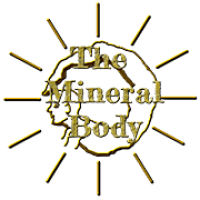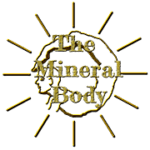The Biochemic Minerals
12 basic minerals - 12 major functions
Click the image below to expand – or keep scrolling for more information
The 12 Minerals
target areas and functions
#1 - Calcium fluoride
Target area – Found in Tooth enamel, Connective tissue, The surface coating of bones (Periosteum), Upper skin cells & All connective tissues.
Function – A structural mineral found wherever elastic fibres (blood vessels, ligaments, tendons etc) are found. “a loss of it’s power to unite with organic matter causes a dilution or relaxed condition of the fibres” – Dr. Schuessler. This can be witnessed in varicose veins, prolapses or sagging tissues of the body. This mineral controls the element of elasticity in tissues. Strengthens bones and tooth enamel.
This mineral is slow acting, and works best when taken in small doses over a longer period of time. With patient application, this mineral assists in bringing flexibility and resiliency back to tissues, tendons, ligaments – wherever flex is required.
#1 - Elasticity


#2 - Bone health - General Tonic
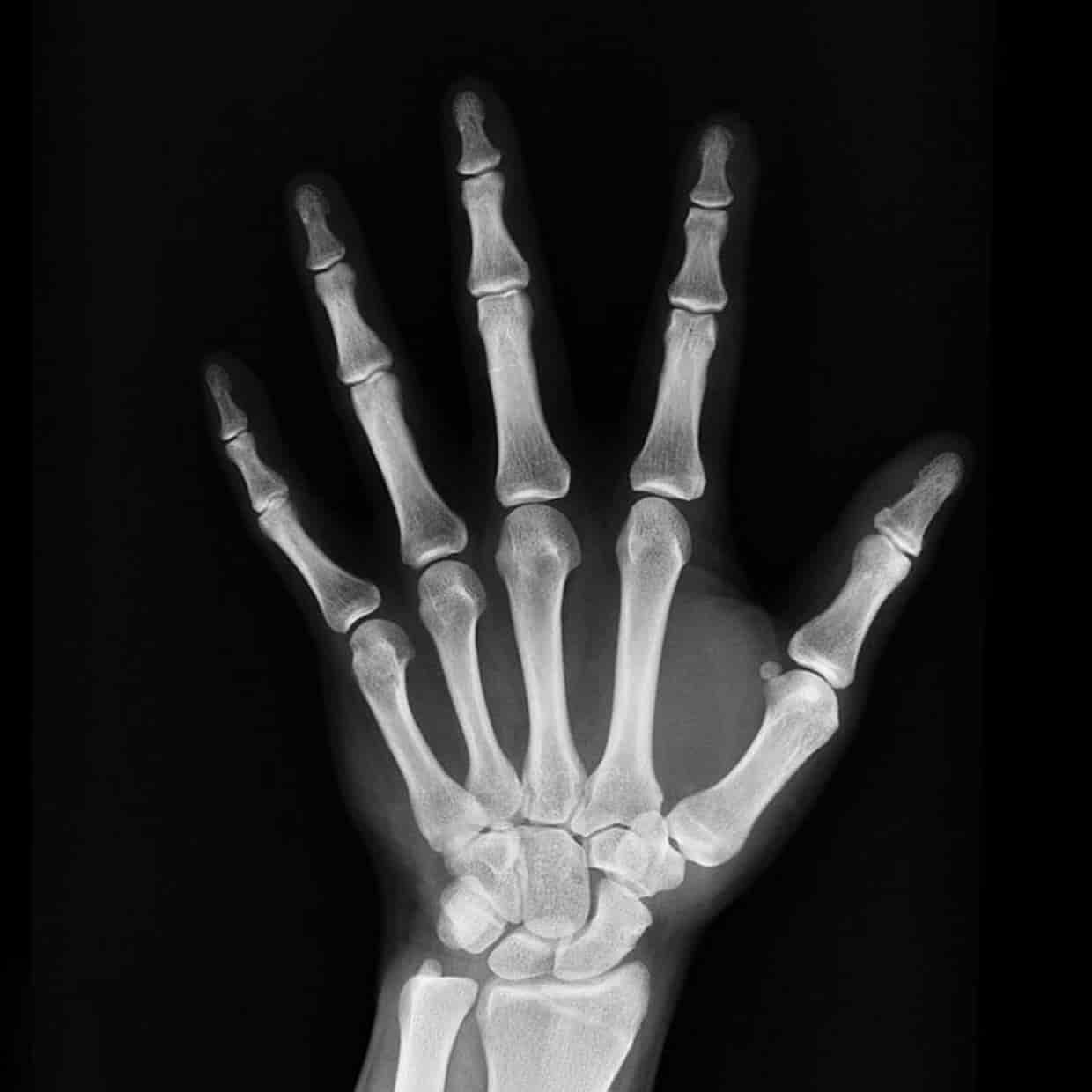

#2 - Calcium phosphate
Target area – Found all body cells, primarily bone which is 57% this exact mineral. Teeth and bones.
Function – A structural as well as functional mineral – builds bone, the framework. Supports healthy bone marrow formation – boosting the immune system. Involved in neurotransmitter ability in the body, and the beating of the heart (with magnesium; controls heart rhythm). Used by the body to utilize and create proteins, so very important for repairs to organ, body and bone tissues.
Plays a role in the rebuilding processes of the body, and assists in restoring condition to teeth and bones. Vital for the production, and replication of healthy red and white blood cells. Beneficial for convalescence (recovery from illness) when paired with no.8 (sodium chloride)
#3 - Iron phosphate
Target area – Blood primarily. Also found in all cells, especially muscle.
Function – This mineral is responsible for blood’s ability to hold oxygen, and also for it’s red colour. Iron phosphate binds new oxygen molecules into the blood with every breath we take. Deficiencies in this mineral cause blood congestion and inflammation (as blood must pump faster in an attempt to move the now limited oxygen supply at the same rate, this increase in motion, is; through the law of the conservation of energy, turned into heat – in the body we call this inflammation)
This is why heat always accompanies inflammation. And in all cases of inflammation in the body, Iron phosphate is needed.
Called for at the first stage of infections, and to speed the healing of injuries (cuts etc)
#3 - First Aid - Oxygen potential in blood
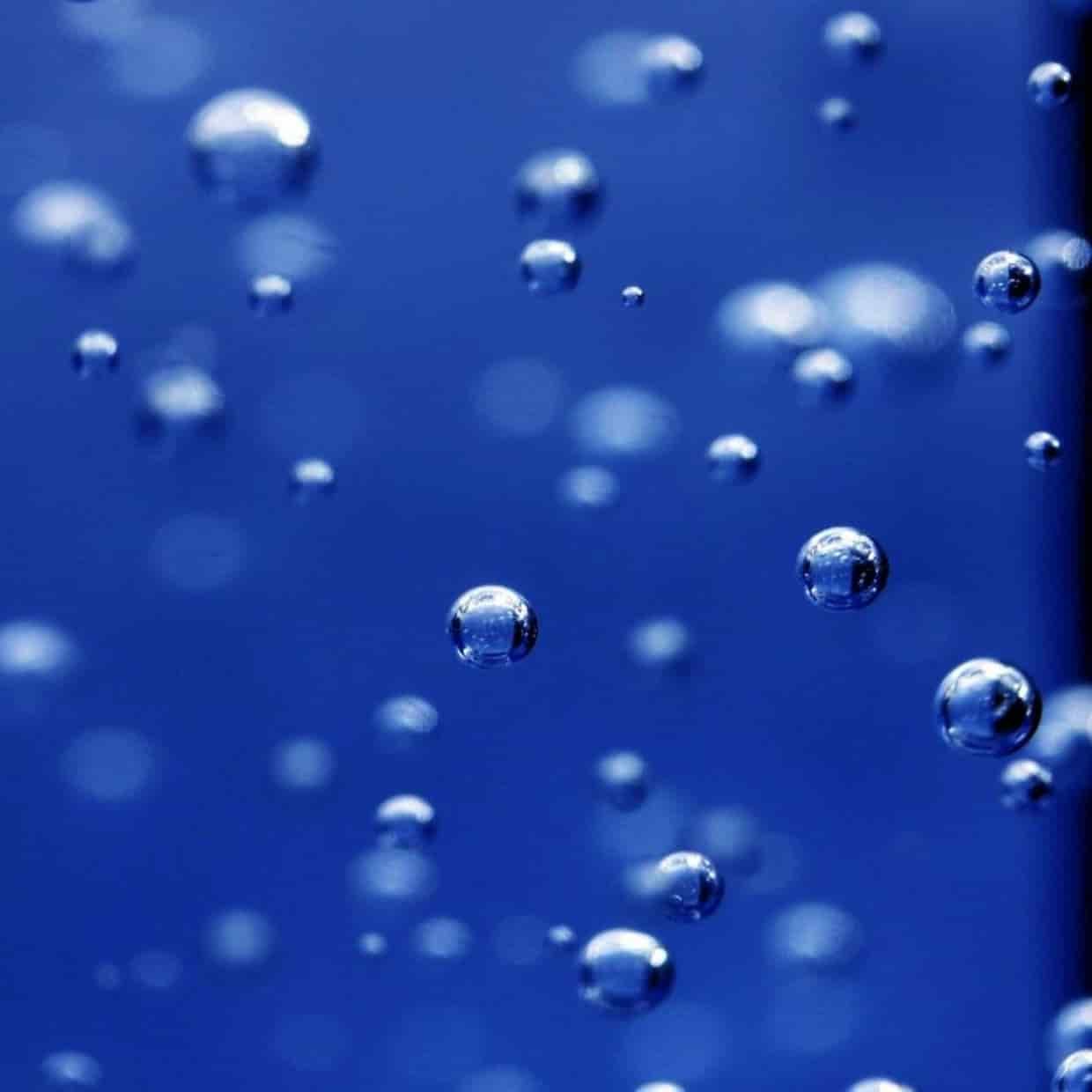

#4 - Glandular tonic - Lymph support


#4 - Potassium chloride
Target area – Present in almost every cell in the body. Glandular and lymphatic system. Connective tissues.
Function – Involved in the lymphatic system as one of the primary means by which irritants are bound in an organic substance (mucus/phlegm) to then be taken for excretion via the lymphatic system.
Works hand in hand with no.3 (Iron phosphate) to detox irritants from the body. With any infection, giving #3 & #4 at the initial stages will assist greatly in speeding the process of healing.
Called for whenever glands have become sore and swollen, this mineral will; through it’s chemical power – dissolve the lymphatic material that has become thickened and clogged, and bring about smooth lymphatic function.
#5 - Potassium phosphate
Target area – This mineral forms the basis for the grey matter of the brain. Contained in nerve, brain and muscle cells, Red-blood cells, plasma and the tissue fluids.
Function – Within the body, this mineral has the most affinity for the brain and mental state. Any mental dis-ease; anxiety, depression, insomnia, lack of memory, reduced physical, mental and spiritual ability – will all be positively influenced by an increase in this wonderful mineral. Uniting with albumin in the body – it forms the grey matter of the brain, a necessary mineral to form new neural pathways and to deal with stress.
Acts as a cardiac tonic, supports the nervous systems of the body and acts as an internal antiseptic – countering cellular decay (The biochemic ‘anti-biotic’, except targeted via cellular intelligence, so no ill-effects to your biome)
#5 - Nerve nutrient - Brain food


#6 - Oil balance - Skin health


#6 - Potassium sulphate
Target area – Skin, scalp and hair. All connective tissues. Maker and distributor of oils in the body (also dictating viscosity)
Function – Oil manufacture and distribution- “though a union of aerial elements, albumin and kali sulph (Potasisum sulphate), all the bodily oils are manufactured” When deficient, oils may become too thick and clog the pores, inhibiting steam from escaping via the pores. (See this in action – hold your hand up to glass and witness the amount of steam you produce.) If these pores become clogged, what usually escapes via this steam is turned inwards, and then must be dealt with as mucus and catarrhal complaints (nasal drip, chest wheezing etc).
Sulpher oxidises, like iron – giving this mineral it’s ability to boost oxygen content in the skin and connective tissues – boosting cell metabolism, aiding both healthy cell renewal, and detox of these tissues.
#7 - Magnesium phosphate
Target area – Nerves – manufacture and maintenance of. Found in the muscle, brain and red-blood cells. Bones, bone marrow and teeth. The liver and thyroid.
Function – Within the body, nerves are manufactured thusly; Magnesium phosphate is combined with albumin, (a homogenous egg-white like substance) to create a special fluid that is then used to create white nerve or muscle fibres. Any nerve pain (shooting, electrical, crawling) is therefore helped by the administration of this mineral. Nerve miss-firing, resulting in spasms or cramps, will also benefit greatly from Mag phos.
Involved in the function of over 300 enzymes in the human body, an anti-spasmodic, muscle relaxant and natural form of pain relief. Supports the heart, boosts the contractile ability of the body (helping circulation) and has a regulatory effect on cholesterol levels. A very handy mineral for everyday use. Both functional and structural.
#7 - Pain & Cramp remedy - Anti-spasmodic


#8 - Fluid balance - Cell hydration


#8 - Sodium chloride
Target area – All cells. All tissues, all body fluids.
Function – Fluid balance – Regulates fluid content in cells.
Enables osmosis to occur in the cell (the transmission of nutrients too, and waste from, the cell) – via the blood and body fluids. Thus vital for any and all cellular metabolic functions. An extremely important mineral. Fluids are our means of distributing nutrients to where they are needed, and to take irritants and toxins away – to the liver, kidneys or lymph system for processing.
A deficiency in this mineral will show as excess or lack of water (dry, cracked skin, or watering eyes with a thin nasal drip etc).
Vital for all cell renewal. Involved in healthy muscle and nerve firing. Cleansing – useful for bug bites, itchy skin / reaction rashes and moving venoms / pesticides and heavy metals out of the body
#9 - Sodium phosphate
Target area – Acids of the body. Found in Blood, nerve and brain cells. All tissue and body fluids.
Function – This mineral gives the body the ability to break down acids, and keep a healthy blood ph level – slightly alkaline.
“The fluids of the body are both acid and alkali; but a deficiency in acid never occurs, because it is organic, and like albumin, is always present in sufficient qualities” Therefore “an excess of acid is a misnomer, and the true way to put it is – A deficiency of the Phosphate of Sodium” -Dr. Schuessler.
Breaks down lactic acids caused by muscle activity. Counters the acidity of ingesting sugars, caffeine and denatured(processed) foods. Combats the gnawing sensation of sugar craving. Maintains an alkalinity level unsuitible for most parasites, like round worm.
An important mineral, considering most dis-eases have their roots in an acid environment.
#9 - Ph control - Acid balance


#10 - Water eliminator - (fluid retention)
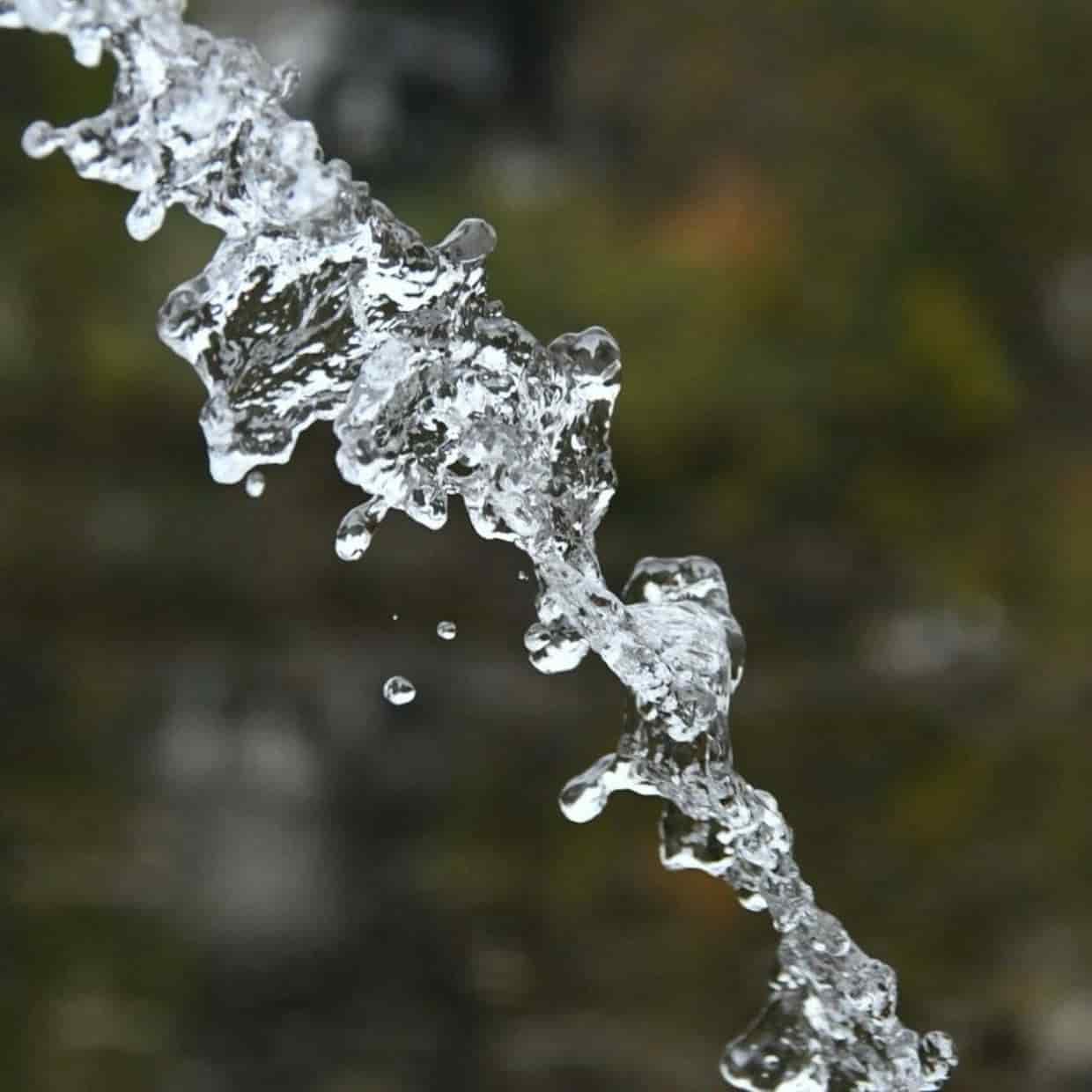

#10 - Sodium sulphate
Target area – Found in the inter-cellular fluids. Gives the cell the ability to excrete water, and waste materials along with it for self maintenance/cleansing. Supports the liver and pancreas. Bile production.
Function – Detox ability and internal cleansing. The primary means by which the body transports waste matter from the cells to be excreted via the kidneys. Provides a regulatory function to the body’s fluids. Excess fluid can create a diluted and acidic environment for the blood, this mineral prevents that.
Toxins are moved via body fluids for transport and disposal, but only through the power of this mineral. If deficient, toxin rich fluids will be deposited in the body, to be processed later – resulting in edema and fluid deposits that will continue to grow until the deficiency is addressed.
Increases kidney and bladder function and influences bowel movements. Supports the large intestine, liver and pancreas. Drains the body, promotes bowel activity, excretes metabolic slags, detoxifies the body and stimulates gall flow.
#11 - Silica
Target area – Found in connective tissue, epidermis, mucosa, hair, nails, bone & nerve cells. The lungs, lymph glands and suprarenal glands.
Function – A fascinating mineral – pictured here as Quartz crystal (Silica bonded to oxygen). Even at a molecular level, this mineral retails its strength, sharpness and ability to resonate at a high and stable frequency. Used in radios (as quartz) for sending and receiving wavelengths, it is used via the nervous system, brain and cells in a similar way.
Enhances cellular communication, imbues strength and resilience into tissues, increases water holding potential of cells, and can be used via the body to cut a passage for waste material (pus) to be expressed.
A deficiency causes a lack of structure to cells, visible as deep wrinkles and ‘early aging’, exhaustion and a worsening of the overall general physical condition. Pimples or infections that are swollen, tough and painful require this mineral to enable a passage to form, and pus to be ejected in a painless manner. Pressure is a sign your body is having trouble releasing the debris it needs too – Silica is the answer here.
#11 - Structure, function, form. The surgeon salt


#12 - Blood cleanser - Joint & cartilage health
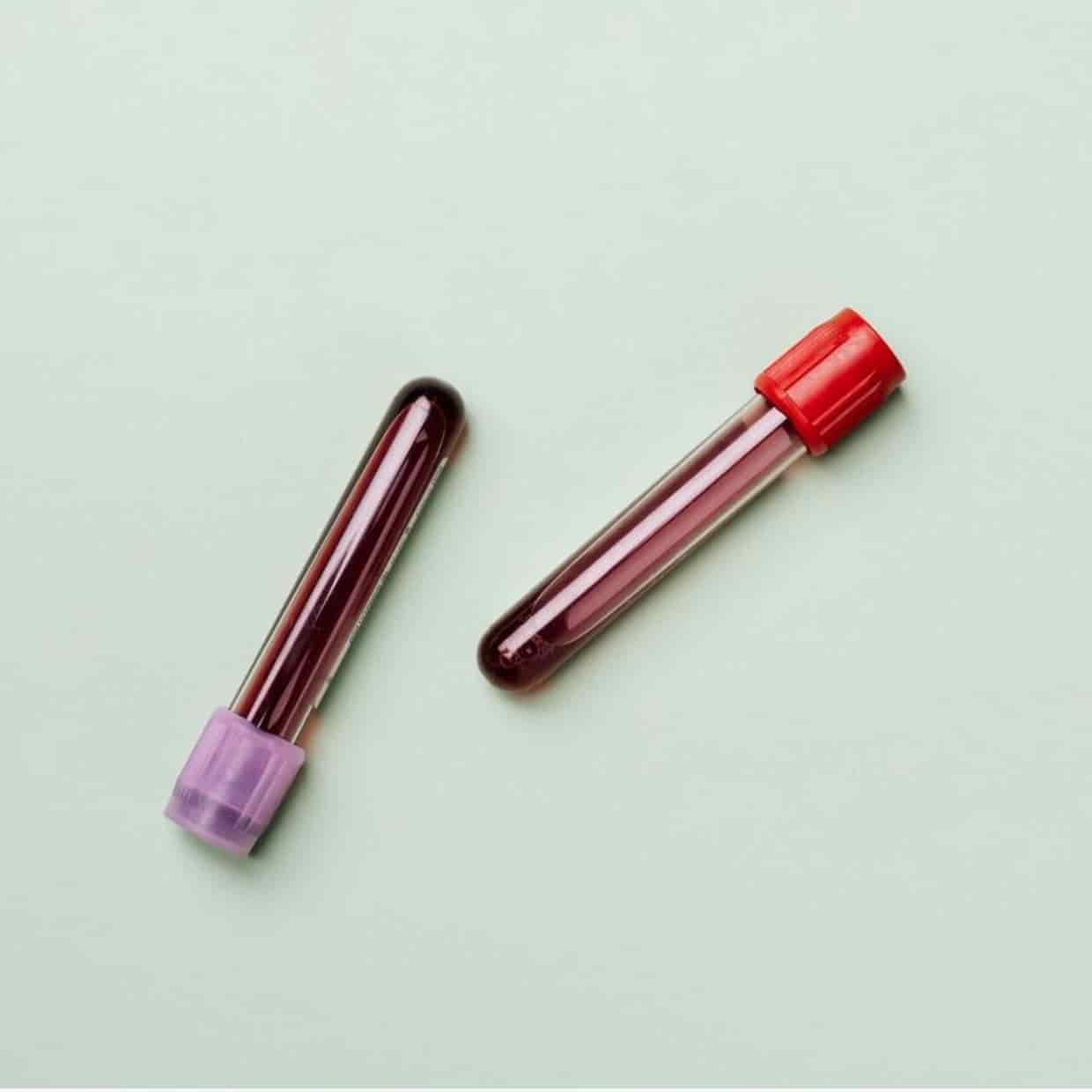

#12 - Calcium sulphate
Target area – Found in joints and cartilage. The liver and gall bladder. Mucus membranes.
Function – This mineral promotes the discharge of ‘heteroplasm’ (decaying organic matter, or pus) from inside tissues – in order to protect surrounding tissues from damage, and preventing the spread of decay. This matter is then mobilized for processing and removal from the system
Stimulates metabolism through sulphers affinity for oxygenation. Supports healthy blood coagulation, assists in the cleansing and maintenance of mucus membranes.
Found in the stomach lining, this acid resistant mineral helps protect the linings from the acids involved in digestion. All mucus membranes require this salt.
The calcium component is vital for the activation of certain hormones and enzymes. Important for amino acid utilization.
